Magical Mushrooms, Mischievous Molds
PRINCETON UNIVERSITY PRESS
PRINCETON AND OXFORD
 To Dave French
To Dave French
Copyright 1998 by Princeton University Press
Published by Princeton University Press, 41 William Street,
Princeton, New Jersey 08540
In the United Kingdom: Princeton University Press
3 Market Place, Woodstock, Oxfordshire OX20 1SY
All Rights Reserved
Fifth printing, and first paperback printing, 2000
Paperback ISBN 0-691-07016-4
The Library of Congress has cataloged the cloth edition of this book as follows
Hudler, George W.
Magical mushrooms, mischievous molds / George W. Hudler.
p.cm.
Includes index.
ISBN 0-691-02873-7 (cl : alk. paper)
1. Fungi.I. Title
QK603.H791998
579-5-dc2198-10163
This book has been composed in Baskerville
Designed by Jan Lilly
The paper used in this publication meets the minimum requirements of ANSI/NISO Z39.48-1992 (R1997) (Permanence of Paper)
www.pup.princeton.edu
Printed in the United States of America
201918171615
ISBN-13: 978-0-691-07016-2 (pbk.)
ISBN-10: 0-691-07016-4 (pbk.)

CONTENTS

PREFACE AND ACKNOWLEDGMENTS
Thirty years ago I found myself, as a senior in the College of Forestry at the University of Minnesota, seated in a classroom waiting to hear my first lecture in a course called Forest Pathology. Unlike most of my other courses, which by their title gave me some idea of what to expect, pathology had me baffled. Surely there werent enough diseases of trees to take up twelve weeks of lectures and labs! Maybe there was a typo in the course catalog, and I was really there to learn how to purify water in the wild, how to cope with a bad case of poison ivy, or how to recognize the early symptoms of Rocky Mountain spotted fever. In other words, it was forestER pathology.
Then the professor strode to the front of the room. Unceremoniously he dropped his notebook on the lectern and proceeded to issue a stern warning to those of us who persisted to squander our meager funds at the local tavern: we were all doomed to short, excruciatingly painful lives. Its not the beer that will get you, he said. Its those free peanuts. They are loaded with a mold that makes one of the most potent carcinogens known to man. Your liver just cant take such abuse forever! I felt relieved that I had had popcorn the night before.
He talked about the ineffectiveness of the foot bath at the university swimming pool in removing germs from sweaty feet. The damn things a cesspool of pathogenic fungi, he proclaimed. If you want a good case of athletes foot, thats the place to wallow. I tried to imagine tiptoeing around on the lip of the gutter the next time I went to the pool, and decided that this year Id get my exercise at the hockey rink.
He concluded his introductory remarks by telling us about a colleague and his wife who had recently hosted a dinner party. At some point in the evening, the wife excused herself to use the bathroom, which was on the second floor, just above the dining room. Shortly after her departure, a blood-curdling scream filled the air, plaster rained down on the guests, and the womans leg was seen dangling through a hole in the ceiling. Fungi decaying the floor joists in that warm, moist room had finally had their day and left the woman hanging, so to speak.
The professor may also have said something about tree diseases in that first lecture. Frankly, I dont remember: what remains vivid in my mind is that the tone of his voice and his presence before the class left little doubt that not only did he have a message of the utmost importance to share with us, but he was looking forward to the opportunity to do so. For the first time in my college careerI had been at it for four years by thenI found myself looking forward to the next class.
That afternoon, the first lab meeting was scheduled. As I rounded the corner in the hall and eagerly strode through the door in anticipation of more stimulating discussions, my euphoric bubble burst abruptly: there on the tableshorror of horrorswere microscopes! These evil contraptions had plagued all of my previous efforts to study biology and had never yielded more than a mediocre reflection of my eyeball, and here they were again. Nuts!
Moved only by the positive experience of the morning lecture, I begrudgingly decided to give the scopes one more chance and dutifully followed along as the lab assistant explained how best to prepare a slide and what one could expect to see. At the moment of truth, I warily set my eye to the lens, and all was just as we were told it would be: not only were there spores in the view, but there were eight of them, all lined up in a row like eggs inside a balloon, surrounded by the thinnest of membranes.
At that moment, which is as vivid in my mind today as it was so many years ago, my life took on new meaning. I was completely captivated by the fungi and couldnt find enough time to look at them, identify them, and learn more about their natural history. Somehow, I knew, I would find a way to craft a career around them. Indeed, my previously untapped enthusiasm propelled me through two graduate degrees and into my present position as professor of plant pathology at Cornell University.
Throughout this adventure, I have fervently hoped that some day I would be able to repay my debt to the fungi and to the professor who introduced me to them. If my teaching and my writing changes the life of just one person the way mine was changed that memorable September afternoon, I will be gratified in knowing that I have at least begun to balance the ledger.
ACKNOWLEDGEMENTS
Over two thousand students have enrolled in Plant Pathology 201Magical Mushrooms, Mischievous Moldssince its inception in 1989. Each one has brought to the classroom a keen mind, a curiosity about the natural world, and a sense of humor, and to each of them I extend my most sincere thanks for their contributions to my life and work.
Authors of several previous books popularizing the fungi also helped to shape my thinking in preparation of this tome. Other than those listed in the Notes, I was especially inspired by the writings of C. M. Christensen (Molds, Mushrooms, and Mycotoxins), W.P.K. Findlay (Fungi: Folklore, Fiction, & Fact), W. D. Gray (The Relation of Fungi to Human Affairs), Lucy Kavaler (Mushrooms, Molds, and Miracles), and R. T. and F. W. Rolfe (The Romance of the Fungus World).
In addition, many of my colleagues at Cornell University provided the emotional support and technical expertise I needed to see this project to completion. Special thanks are due to Bill Fry and Steve Slack for issuing the challenge and providing me with the resources to make a go of it. E. Bosley Jenkins did much of the first round of library research, providing a firm foundation for all that has followed. Sandra Tracy has been my assistant for the past 9 years in the lab, library, and classroom, and her enthusiasm, good judgment, and patience have helped to bring my sometimes chaotic work habits back into line so we could continue to move forward. Roxanna Barnum tactfully managed my calendar so I could have the occasional whole day to devote to reading and writing. Gary Bergstrom, Wayne Sinclair, Tom Zitter, Peter Mullin, and David Kalboften unknowingly, Im sureoffered just the right comments at just the right time to keep me from making potentially embarrassing misstatements. Kent Loeffler and Bob OBrien prepared some of the illustrations, and their contributions are noted where they appear in the text. R. P. Korf, Kathie Hodge, and Pavel Lizon generously reviewed the entire manuscript, and their suggestions throughout the project helped me to stay on track when my energy would have had me go in a wrong direction.


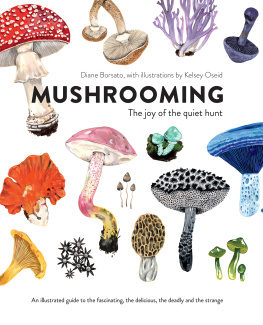
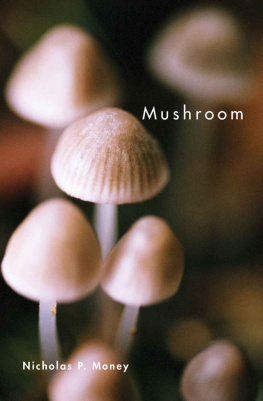
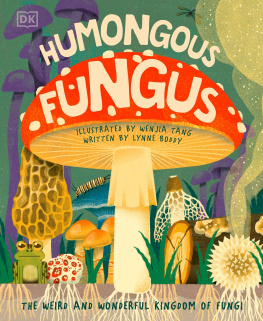
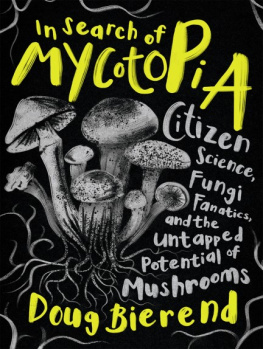



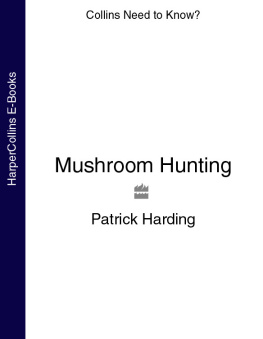
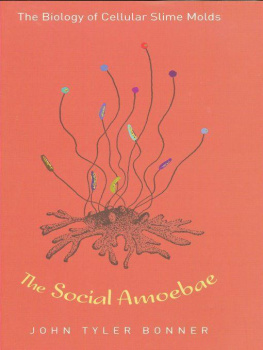

 GEORGE W. HUDLER
GEORGE W. HUDLER To Dave French
To Dave French